![]()
![]()
![]()
Use LEFT and RIGHT arrow keys to navigate between flashcards;
Use UP and DOWN arrow keys to flip the card;
H to show hint;
A reads text to speech;
78 Cards in this Set
- Front
- Back
|
Magnoliaceae (4)
|
-trees & shrubs
-flowers large and showy -floral parts numerous, separate, spirally arranged -elongate receptacle |
|
|
Lauraceae (5)
|
-trees & shrubs
-leaves simple, alternate, entire, pinnate -flowers actinomorphic, parts in 3’s -valvate anthers opening by 2-4 flaps -drupe |
|
|
Ranunculaceae (4)
|
-usually herbs
-leaves simple and deeply lobed or compound -stamens usually many -apocarpous gynoecium |
|
|
Berberidaceae (4)
|
-perennial herbs or shrubs
-leaves simple or pinnately compound -floral parts usually in multiples of 3 -valvate anthers |
|
|
Betulaceae (6)
|
-trees or shrubs
-leaves simple, alternate -monoecious plants -pistillate and staminate flowers in separate catkins -ovary inferior -nut, samara |
|
|
Fagaceae (7)
|
-trees or shrubs
-leaves simple, alternate -monoecious plants -pistillate flowers in leaf axils -staminate flowers in catkins -ovary inferior -nut with involucre of bracts |
|
|
Hamamelidaceae (6)
|
-trees or shrubs
-leaves simple, alternate, entire or serrate -flowers actinomorphic, bisexual or unisexual -flower parts in 4’s or 5’s -carpels 2, partially fused -ovary inferior -woody capsule |
|
|
Caryophyllaceae (5)
|
-herbs
-leaves simple, opposite -swollen nodes -floral parts in 5's -placentation often free-central |
|
|
Cactaceae (6)
|
-stem succulents
-areoles -flowers showy -floral parts numerous -ovary inferior -placentation usually parietal |
|
|
Portulacaceae (5)
|
-usually herbs
-2 to several sepals -plants often fleshy -leaves simple, opposite or alternate -basal placentation |
|
|
Polygonaceae (4)
|
-leaves alternate, with sheathing stipules (ocreas)
-floral parts in 3’s -one floral envelope -achene, often winged |
|
|
Aceraceae (5)
|
-trees or shrubs
-leaves simple, opposite, often palmately lobed - carpels 2, connate - ovary superior - samaroid schizocarp |
|
|
Brassicaceae (5)
|
-herbs
-mustard oils -4 sepals, 4 petals, 4 + 2 stamens (tetradynamous), 2 carpels -ovary syncarpous -silicle or silique |
|
|
Malvaceae (6)
|
-usually herbs or shrubs
-leaves simple, commonly palmately lobed -stellate hairs common -mucilage cells -stamens monadelphous, or in clusters of 5, each with filaments basally connate -capsules (often schizocarpous) |
|
|
Onagraceae (5)
|
-usually herbs
-4 sepals, 4 petals, 8 stamens,4 carpels -petals often clawed or stipitate -ovary inferior -usually capsule |
|
|
Geraniaceae (5)
|
-herbs
-leaves usually palmate, simple to compound -flowers actinomorphic parts in 5’s (including 5 carpels) -ovary superior, elongating after pollination -schizocarp of 5 segments |
|
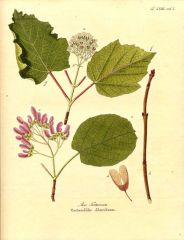
Name.
|
Aceraceae
|
|

name
|
Berberidaceae
|
|
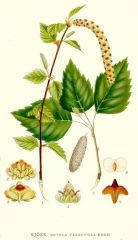
name
|
Betulaceae
|
|

name
|
Brassicaceae
|
|
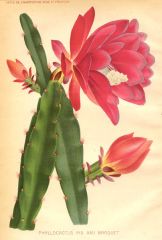
name
|
Cactaceae
|
|
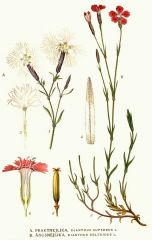
name
|
caryophyllaceae
|
|
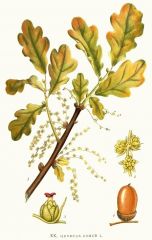
name
|
fagaceae
|
|
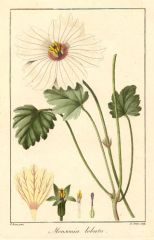
name
|
geraniaceae
|
|

name
|
hamamelidaceae
|
|
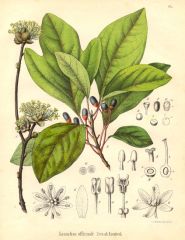
name
|
lauraceae
|
|
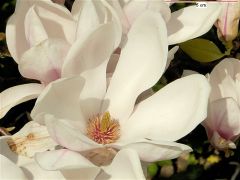
name
|
magnoliaceae
|
|
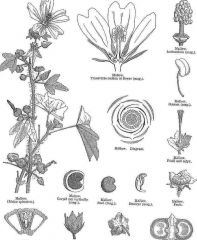
name
|
malvaceae
|
|
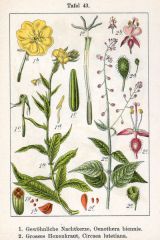
name
|
onagraceae
|
|

name
|
polygonaceae
|
|
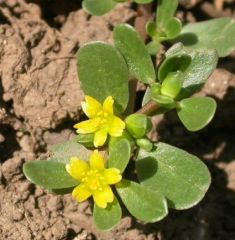
name
|
portulacaceae
|
|
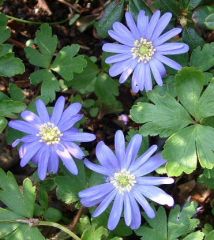
name
|
ranunculaceae
|
|
|
Violaceae (4)
|
-usually herbs
-flowers zygomorphic -corolla polypetalous, spurred -nectar guides -stamens connivent |
|
|
Salicaceae (4)
|
-trees or shrubs
-dioecious plants -pistillate and staminate flowers in separate catkins -seeds numerous and comose (hairy) |
|
|
Euphorbiaceae (5)
|
-herbs or shrubs
-milky latex -reduced flowers -carpels 3, connate -schizocarpous capsule, forming 3 one-seeded parts |
|
|
Rosaceae (6)
|
-trees, shrubs, or herbs
-leaves simple or compound; stipulate -leaflets with serrate margins -hypanthium -carpels numerous to 1 -variation in fruit types |
|
|
Fabaceae (Leguminosae)(6)
|
-trees, shrubs or herbs
-leaves often compound -leaflets with entire margins -stamens numerous to 10, diadelphous in papilionaceous flowers -carpel 1 (per flower) -legume or loment |
|
|
Ericaceae (5)
|
-trees & shrubs
-entire -corolla usually sympetalous, frequently urceolate (urn shaped) -10 stamens (rarely 5) -anthers usually with terminal pores |
|
|
Polemoniaceae (7)
|
-usually herbs
-flowers actinomorphic -corolla sympetalous, convolute in bud -unequal insertion of stamens on corolla -carpels 3, connate -stigmas separate (3) -ovary superior |
|
|
Cornaceae (7)
|
-trees or shrubs
-leaves simple, opposite, veins arching from base to tip -inflorescence often subtended by showy bracts -flowers actinomorphic, bisexual or unisexual -flower parts usually in 4's -ovary inferior -drupe |
|
|
Boraginaceae (10)
|
-herbs
-plants often hairy -leaves alternate -scorpioid or helicoid cymes -flowers actinomorphic -corolla sympetalous -style gynobasic, or terminal and bifid -if style terminal and bifid, then stamens usually exserted -ovary superior, 4-lobed (when gynobasic), or unilocular -4 nutlets (when gynobasic), or capsule |
|
|
Solanaceae (6)
|
-usually herbs, shrubs, or vines
-plants often densely pubescent -leaves simple, alternate, commonly lobed -flowers actinomorphic, sympetalous -2 carpels, capitate stigma -ovary superior |
|
|
Apocynaceae (7)
|
-trees, shrubs, vines, herbs
-milky latex -leaves opposite or whorled -flowers actinomorphic -gynostegium, pollinia, corona (Asclepiadaceae) -ovary superior; 2 carpels united at styles only -paired follicles |
|

What family does this flower belong to?
|
Violaceae
|
|
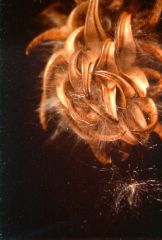
What family does this plant belong to?
|
Salicaceae
|
|
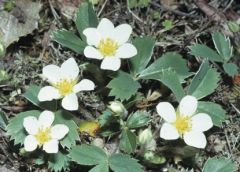
What family does this plant belong to?
|
Rosaceae
|
|
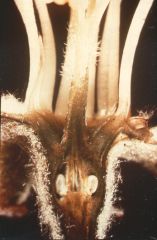
What family does this flower belong to?
|
Rosaceae--notice hypanthium fused to ovary.
|
|
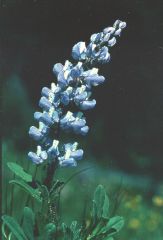
What family does this flower belong to?
|
Fabaceae
|
|
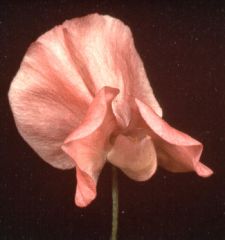
What family does this flower belong to?
|
Fabaceae
|
|
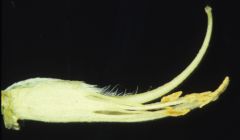
What family does this flower belong to?
|
Fabaceae
|
|
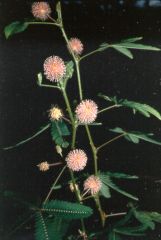
What family does this flower belong to?
|
Fabaceae
|
|
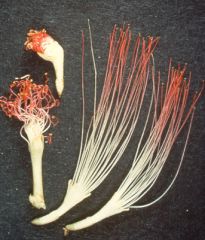
What family does this flower belong to?
|
Fabaceae
|
|
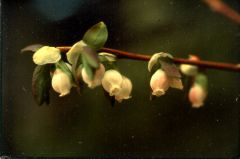
What family does this flower belong to?
|
Ericaceae
|
|

What family does this flower belong to?
|
Ericaceae--notice terminal pore.
|
|
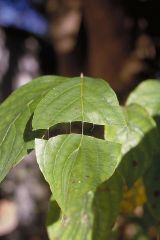
What family does this plant belong to?
|
Cornaceae--notice stringing leaves when pulled apart.
|
|
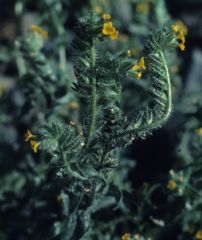
What family does this flower belong to?
|
Boraginaceae--notice cyme
|
|
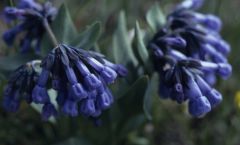
What family does this flower belong to?
|
Boraginaceae
|
|
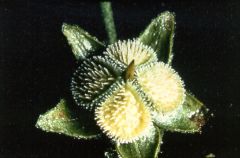
What family does this flower belong to?
|
Boraginaceae--nutlett
|
|
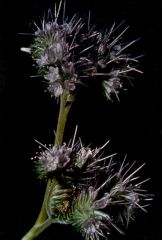
What family does this flower belong to?
|
Boraginaceae--note exserted stamens and styles
|
|
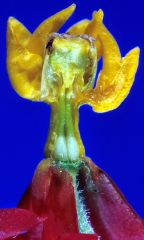
What family does this flower belong to?
|
Apocynaceae--note two carpels fused only at styles
|
|

What family does this flower belong to?
|
Apocynaceae--note carpels united only at style.
|
|
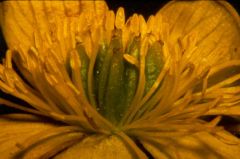
What family does this flower belong to?
|
Ranunculaceae--note the many carpels.
|
|

What family does this flower belong to?
|
Berberidaceae
|
|
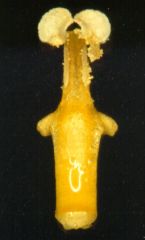
What family does this flower belong to?
|
Berberidaceae--note valvate anthers, (not the only one to have this)
|
|
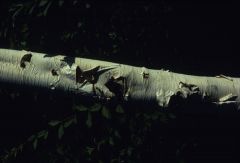
What family does this tree belong to?
|
Betulaceae
|
|

What family does this tree belong to?
|
Betulaceae--note simple, opposite, serrate margins
|
|
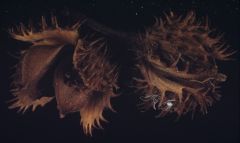
What family does this plant belong to?
|
Fagaceae--note nut w/involucre of bracts
|
|

What family does this plant belong to?
|
Fagaceae--variety of leaves
|
|
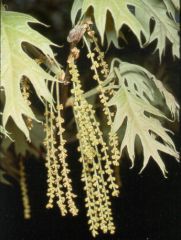
What family does this tree belong to?
|
Fagaceae
|
|
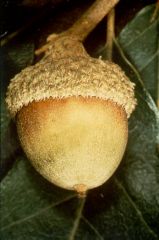
What family does this plant belong to?
|
Fagaceae
|
|

What family does this flower belong to?
|
Fagaceae--note female inflorescense.
|
|

What family does this plant belong to?
|
Polygonaceae--note sheathing stipules
|
|
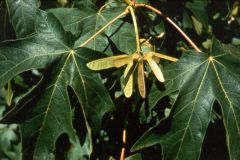
What family does this tree belong to?
|
Aceraceae--note simple, palmately lobed leaves w/samaroid shizocarp
|
|
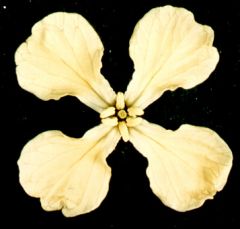
What family does this flower belong to?
|
Brassicaceae--note 4-merous
|
|
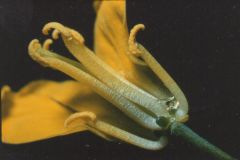
What family does this flower belong to?
|
Brassicaceae--note 4+2 stamens
|
|
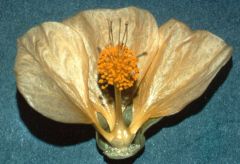
What family does this flower belong to?
|
Malvaceae--note 5 basally connate clustered stamens
|
|
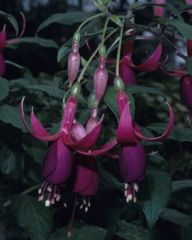
What family does this flower belong to?
|
Onagraceae--note inferior ovary
|
|

What family does this flower belong to?
|
Geraniaceae--Note 5-merous flower parts.
|

